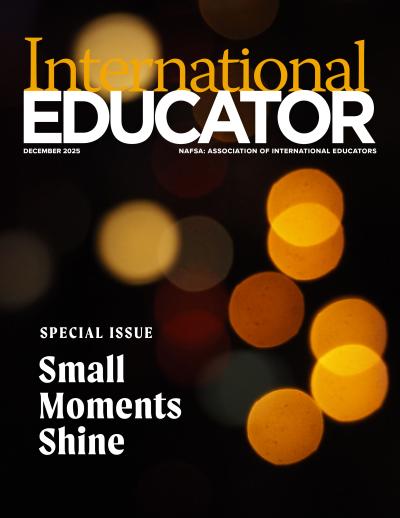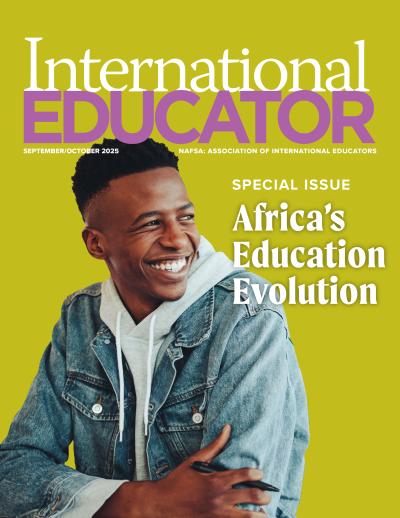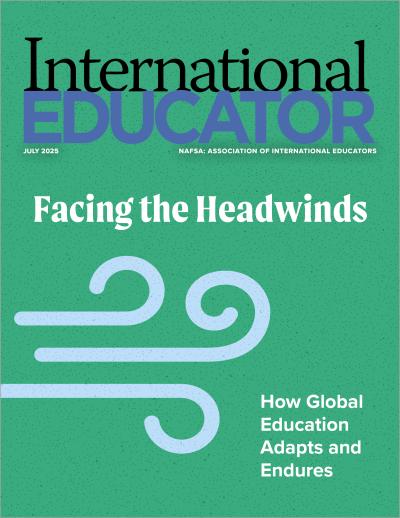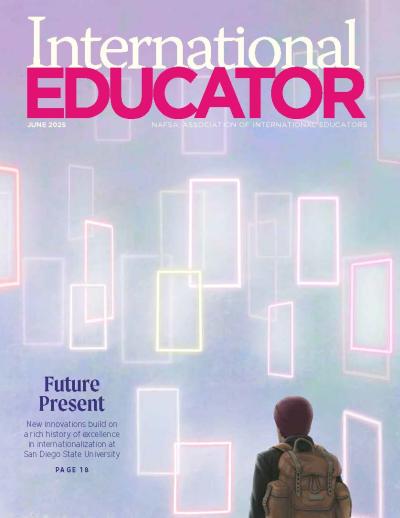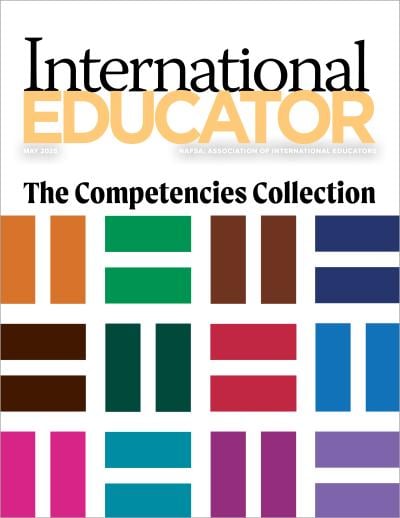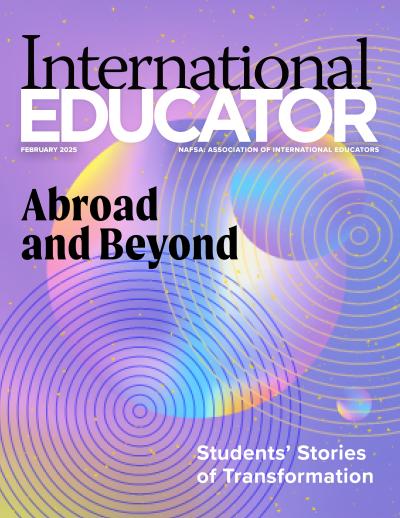Beyond the Feel-Good: Reimagining Partnership

For too long, some in the international education ecosystem have been comfortable with what I call “feel-good memoranda of understanding”—documents that signal good intention or shared affinity, but too rarely reflect shared accountability, clear commitments, or pathways to measurable outcomes. These partnerships live beautifully on websites and office walls, and garner dust in office desk drawers. They look global. They sound collaborative. They make us feel connected.
But we are living in a world that demands something far more from us, one that is far more grounded, far more consequential.
The accelerating disruptions of our time require partnerships that are not ceremonial but are transformative. Partnerships with impact, not merely intention.
We no longer have the luxury of symbolic collaboration. We need partnership that matters.
A Paradigm Shift
Real partnership is not measured by the number of agreements signed. It is measured by the quality of shared work, depth of shared purpose, and impact.
We must evolve partnerships:
- from transactional exchanges to co-ownership of goals and outcomes
- from visibility to capacity building and relevance
- from competition for students to collective stewardship of global talent
- from extractive knowledge models to equitable cocreation and reciprocity
In this paradigm, partnerships are not “deals.” They are shared futures requiring collective engagement.
Partnership as Relationship
At their core, partnerships are relationships of trust—relationships built on complementarity, where each partner brings strengths that meaningfully expand what is possible. A strong partnership enables contributions and outcomes that would not be attainable by either institution acting alone.
This means that alignment matters. Mutuality matters. Integrity matters.
And just as in any meaningful relationship, we must be willing to assess, recalibrate, and even retire partnerships when they no longer serve their intended purpose. A partnership should not endure simply because it once mattered; it should endure because it continues to generate value, relevance, and impact.
Global Partnership at NAFSA
For us at NAFSA, our global partnerships are designed with purpose:
- to expand and cocreate thought leadership
- to increase impact for the field
- to collectively strengthen the work across borders and institutional boundaries
Our Global Partners complement and enhance our work. The synergies are intentional. They allow us to imagine and build beyond what we could accomplish alone.
Examples of Innovative Partnership
Around the world, institutions are experimenting with new, dynamic forms of collaboration. Multi-institutional research networks tackle climate change, global health, and migration. Codesigned academic programs, shared curricula, and co-credentialed degrees dissolve geographical silos. Diaspora partnerships connect global knowledge and lived experience to local transformation and capacity building. Cross-sector alliances with industry, government, and civil society accelerate the translation of research into real-world solutions.
These partnerships do not sit on shelves—they live in practice: in classrooms, communities, innovation labs, clinical fieldwork, artistic collaboration, student mentoring, and policy rooms. They are not artifacts; they are alive. They have a heartbeat.
The Questions
To embrace these authentic and productive partnerships, we must dare to ask:
- Are we entering this partnership to be transformed, or only to be affirmed?
- Is this relationship reciprocal, or does one side absorb more than it contributes?
- Whose voice is centered—and whose is missing?
- Does this partnership create capacity, or simply visibility?
- If the partnership ended tomorrow, what would remain?
If the answer is, “only a press release and a plaque,” then we have not partnered—it has been performative.
Partnerships Will Shape the Future
The future of global higher education will not be shaped by how many partnerships we list—but rather by the integrity and impact of those we nurture.
These times we are in invite us to be bold and to choose substance over symbolism; to build partnerships that advance understanding and shared prosperity.
Because partnership is not what we sign. It is what we sustain. •
About International Educator
International Educator is NAFSA’s flagship publication and has been published continually since 1990. As a record of the association and the field of international education, IE includes articles on a variety of topics, trends, and issues facing NAFSA members and their work.
From in-depth features to interviews with thought leaders and columns tailored to NAFSA’s knowledge communities, IE provides must-read context and analysis to those working around the globe to advance international education and exchange.
About NAFSA
NAFSA: Association of International Educators is the world's largest nonprofit association dedicated to international education and exchange. NAFSA serves the needs of more than 10,000 members and international educators worldwide at more than 3,500 institutions, in over 150 countries.
NAFSA membership provides you with unmatched access to best-in-class programs, critical updates, and resources to professionalize your practice. Members gain unrivaled opportunities to partner with experienced international education leaders.





